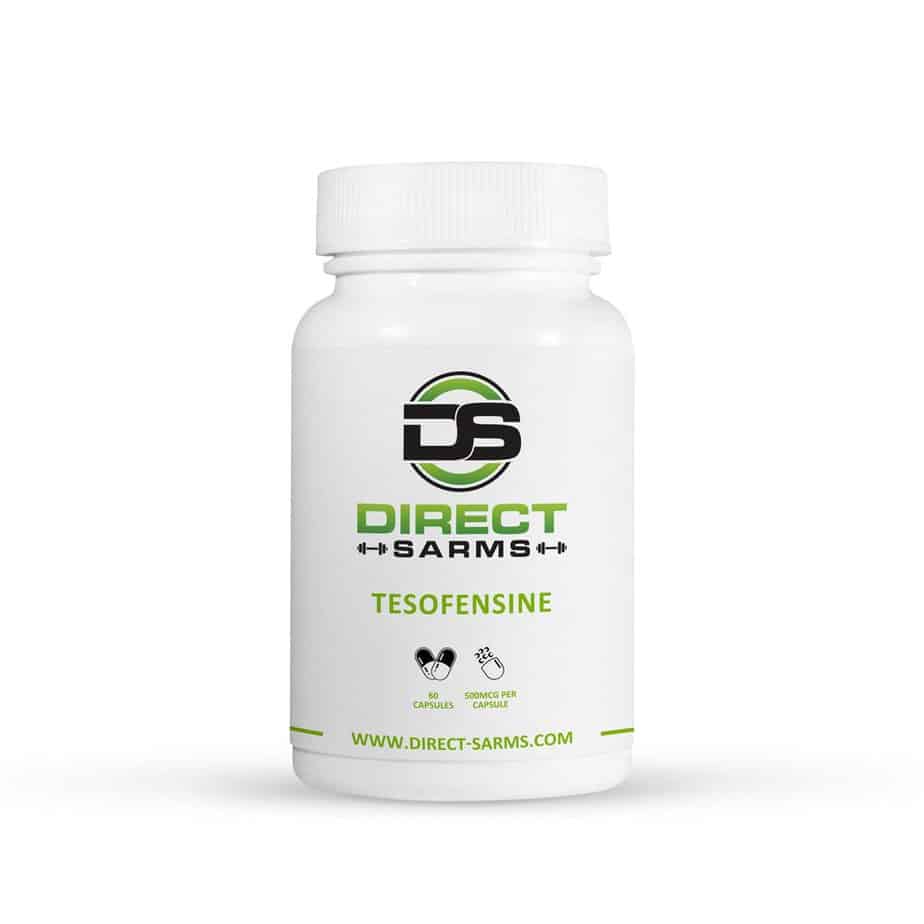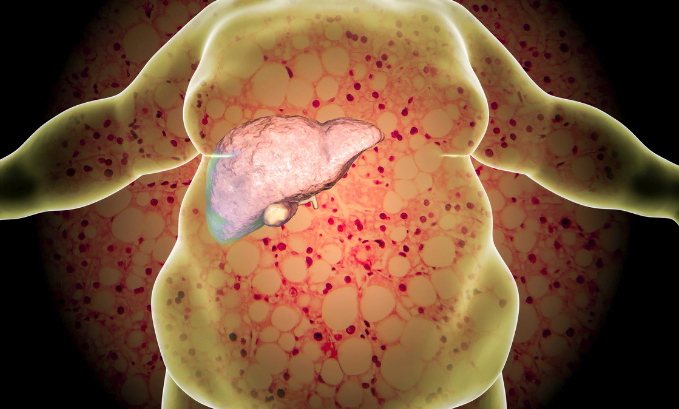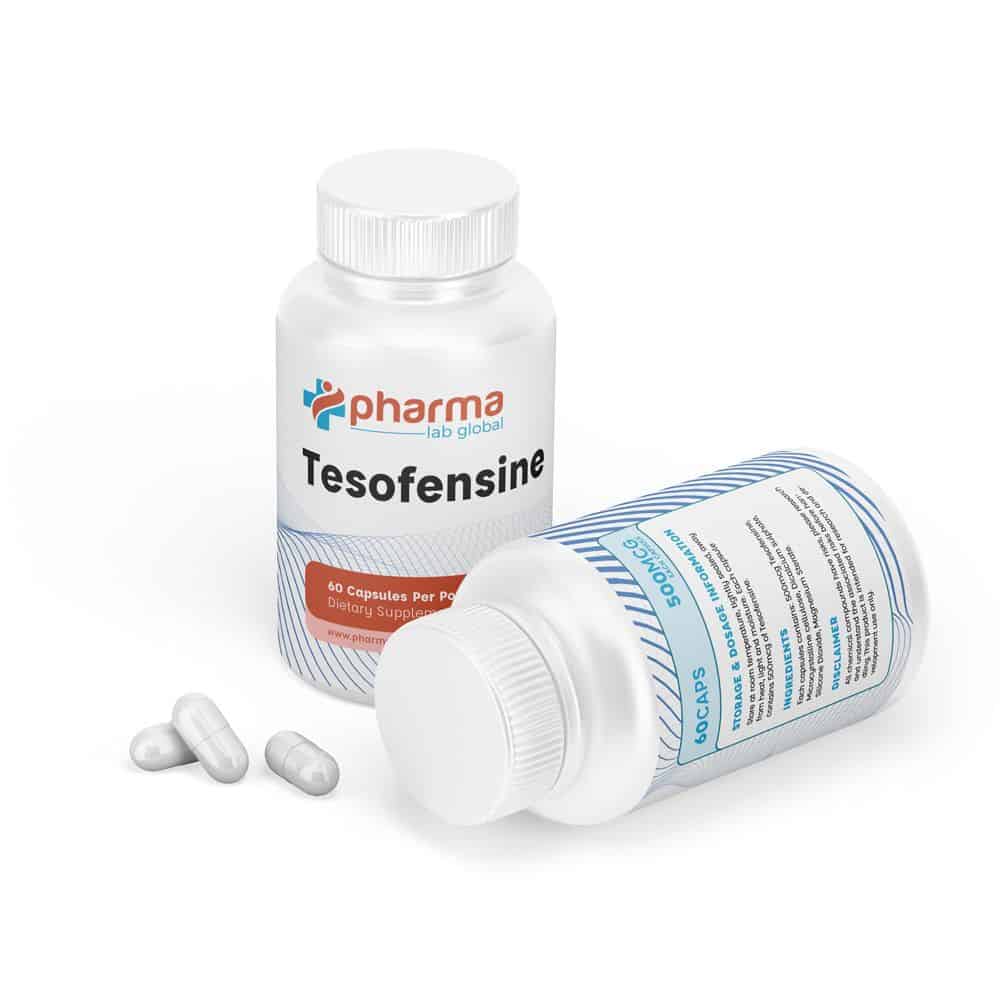
September 5, 2024
Tesofensine Check Out The Science & Professionals

Fat Burning: Leading 3 Means To Deal With Obesity The violent possibility of amphetamines prompted the pharmaceutical market to create architectural by-products with the goal of lowering the dopaminergic impact and the threat of adaptation (31 ). Several amphetamine congeners were established and put into scientific use, a few of them with devastating results. Aminorex, phenylpropanolamine, and phenmetrazine have actually been taken out from the marketplace as a result of serious damaging effects (Table 1). Currently, four amphetamine congeners-- phendimetrazine, diethylpropion, phentermine, and benzphetamine-- are accepted for the therapy of obesity (Table 2).
Mechanism And Therapies Of Antipsychotic-induced Weight Gain
However, at the anticipated healing dosage of 0.5 mg, discontinuations for unfavorable impacts with tesofensine were similar to sugar pill (8%). Its major circulating kind (PYY3-- 36) has been recommended to reduced food consumption through Y2 receptor-mediated restraint of NPY/AgRP nerve cells, and for this reason activation of POMC neurons278. GLP1 decreases food consumption through CNS systems that appear to involve direct activation of POMC/CART nerve cells, yet likewise activation of nerve cells in the AP and NTS130.What are the three pillars of weight problems therapy?

A Globally Yearly Survey Of New Data In Unfavorable Drug Responses
As a peptide hormonal agent secreted from x/a-like cells (P/D1 cells in people) of the stomach fundus, ghrelin acts on hypothalamic feeding centres to stimulate food intake244 (Fig. 2). Independent of its orexigenic impact, ghrelin promotes adiposity and elevates blood glucose via restraint of insulin secretion245. Envisioned methods to harness ghrelin biology for potential treatment of excessive weight include suppression of active distributing hormone and enmity of signalling at its receptor, the growth hormone secretagogue receptor (GHSR). The latter can be achieved with GHSR villains and inverse agonists, such as the liver-enriched antimicrobial peptide 2 (LEAP2), or the des-acyl form of ghrelin (DAG). Restorative passion has actually been spurred by observations in rodents, where neutralization of acyl-ghrelin246, restraint of ghrelin O-acyltransferase (GOAT) as the turning on fatty acylation enzyme247 or direct incongruity of GHSR248 have actually shown decreases in body weight and food consumption.Restorative Targets For Excessive Weight
GIP policy of energy metabolism stays enigmatic as activation and barring of the GIPR receptor have actually both been shown to reduce body weight48. Recent research studies recommend that GIP decreases food consumption through CNS mechanisms185,186 and that GIP stops working to influence food consumption in computer mice with CNS loss of Gipr185. NPY is a heterogeneously distributed neuropeptide that evokes its physiological results by an activity on six various receptor subtypes (Y1-- Y6). NPY stimulates food intake, inhibits energy expense, and enhances body weight by turning on Y1 and Y5 receptors in the hypothalamus.207 Based on these observations, several firms have actually attempted to create neuropeptide Y2, Y4, and Y5 receptor ligands as possible anti-obesity representatives.- Adhering to on from this, Lorcaserin is a discerning, small-molecule agonist for the serotonin 2C (5-HT2C) receptor [21]; Table 1], which utilises a central device to decrease food appetite by means of modulation of the proopiomelanocortin (POMC) system of neurons [22]
- Whether using well-understood and much more particular systems of activity, or gone after through adjunctive representatives verified to be individually risk-free, the threat for toxicity need to be totally analyzed.
- Rizzo reviews Veeva's newest searchings for on how life sciences companies are utilizing this method to quicken uptake of new therapies.
- In summary, our data give new understandings into the results of tesofensine on weight reduction and the underlying neuronal mechanisms, suggesting that tesofensine may be an efficient treatment for excessive weight and that it might be a beneficial adjunct to various other hunger suppressants to prevent body weight rebound.
Social Links